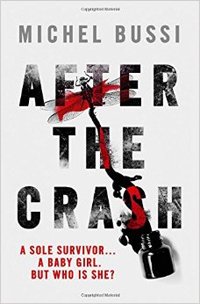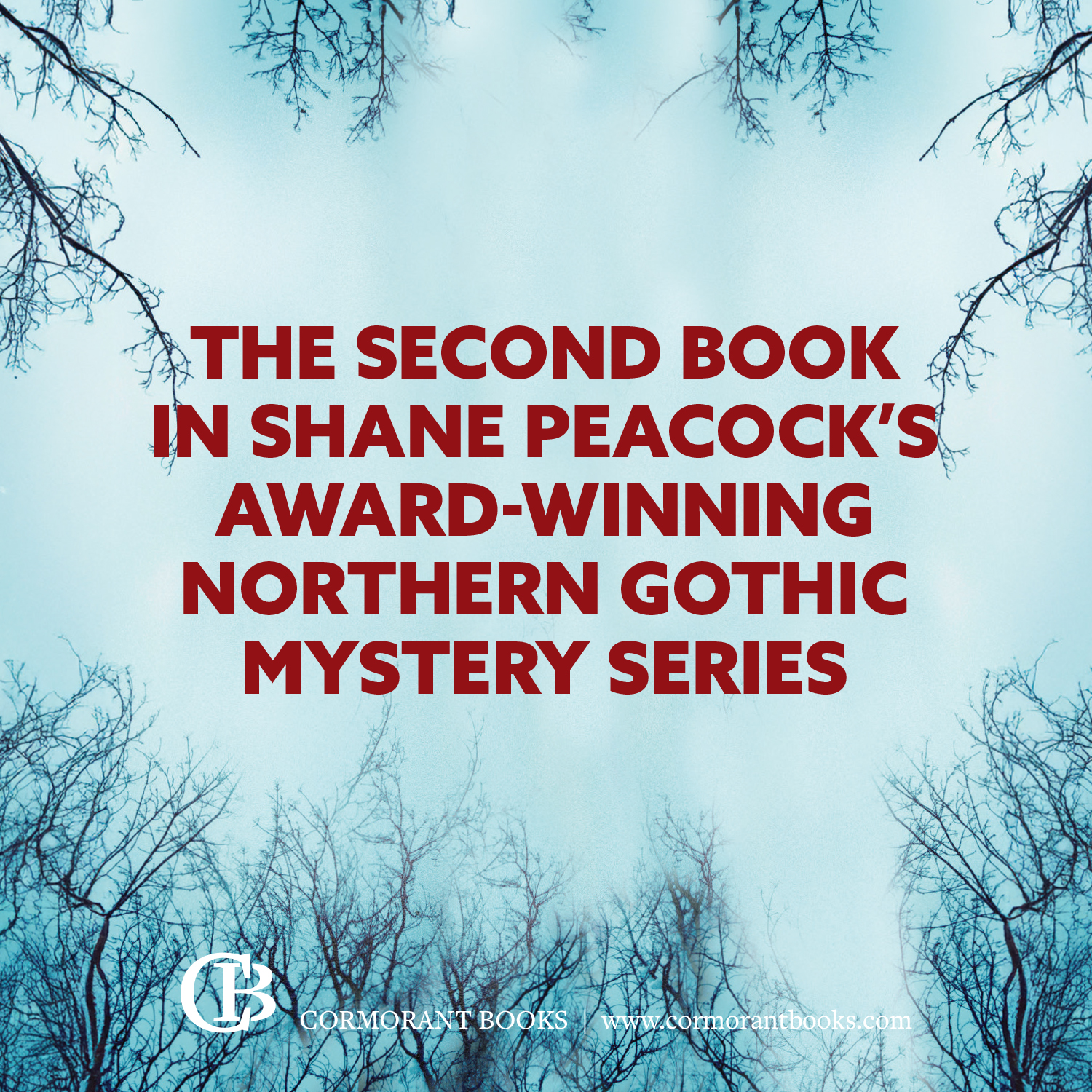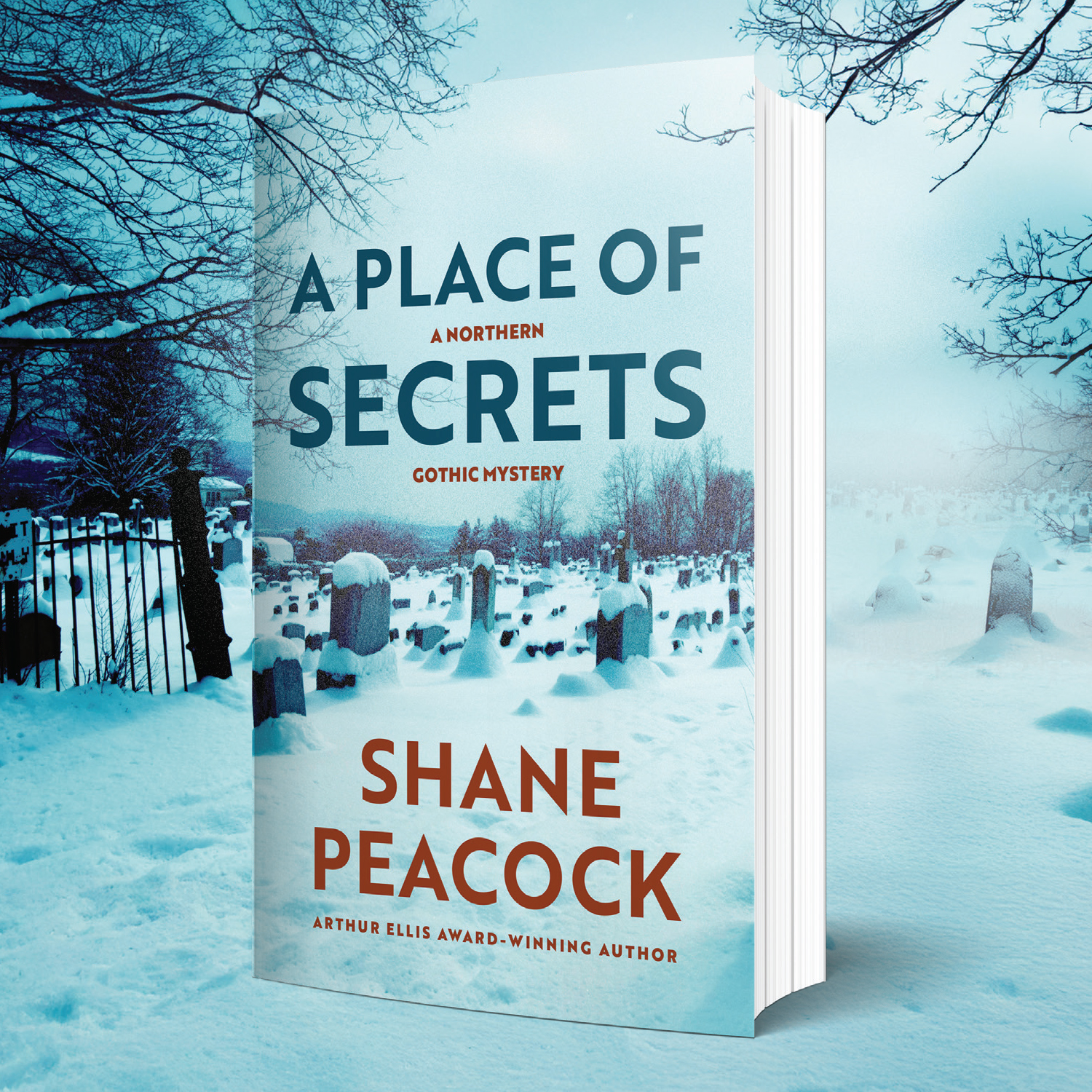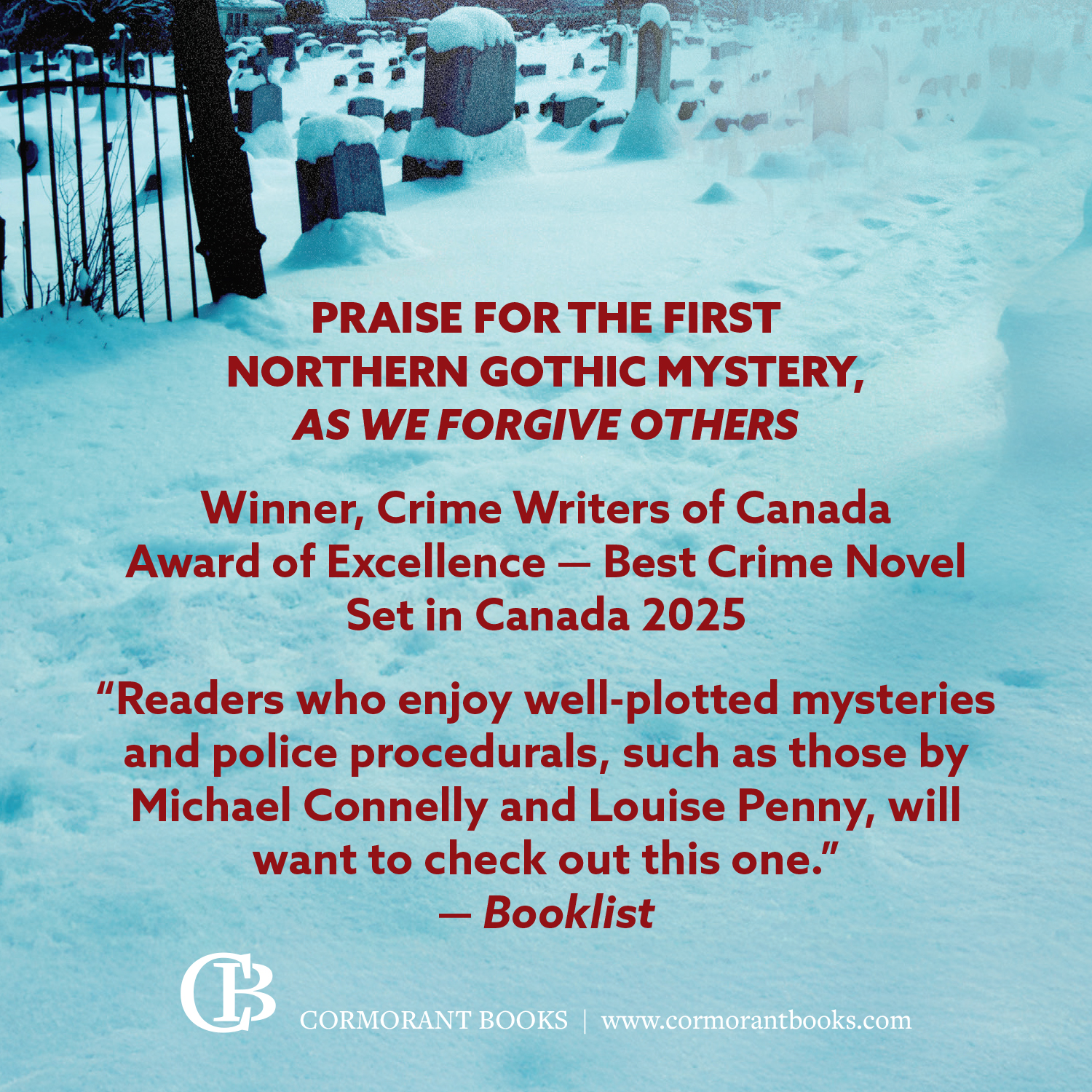 Written by Michel Bussi, translated by Sam Taylor — In 1980 an airplane flying from Istanbul to Paris crashes in the Jura mountains on the Franco-Swiss border. All 168 people on board are killed. The sole, almost miraculous survivor is a three-month-old baby girl. It turns out there were two babies travelling on that flight, so two families – one rich, the other one poor – step forward to claim her. They become locked in a bitter legal battle and an investigation which lasts for 18 years. Is the girl Lyse-Rose or Emilie? And why is the private detective who’s been following the case for so long murdered just as he is about to give up on the whole affair?
Written by Michel Bussi, translated by Sam Taylor — In 1980 an airplane flying from Istanbul to Paris crashes in the Jura mountains on the Franco-Swiss border. All 168 people on board are killed. The sole, almost miraculous survivor is a three-month-old baby girl. It turns out there were two babies travelling on that flight, so two families – one rich, the other one poor – step forward to claim her. They become locked in a bitter legal battle and an investigation which lasts for 18 years. Is the girl Lyse-Rose or Emilie? And why is the private detective who’s been following the case for so long murdered just as he is about to give up on the whole affair?
This is a story of family and heritage, of influence and power, of the lengths people are prepared to go to claim their ‘rights’. It is also an unusual love story, weaving its way between past and present, as well as multiple points of view. The dead detective also has his say in a series of diary extracts, so you’ll have to make up your own mind as to what really happened and whose version of events to trust.
Michel Bussi is a publishing phenomenon in his native France: he now regularly achieves sales of over 500,000 copies annually and was the fifth biggest selling French author in 2014. He started out modestly. His first novel was turned down by all publishers, but 10 years later (inspired by the success of Dan Brown) he came up with a new idea: an hommage to fictional detective Arsene Lupin, which achieved a modest success. Although he won small literary prizes for his crime novels set in Normandy, it wasn’t until his fifth or sixth book that he began to enjoy public acclaim as well.
The book that made all the difference is After the Crash, under the French title Un avion sans elle, published in 2012. It has sold more than 700,000 in France alone, stayed in the bestseller charts for over two years and has been translated into 26 languages.
So why has this novel captured the imagination of readers? I would venture to say it’s because this book is not so much about a murder as about a mystery. It will suit those who want a puzzle to solve, figuring ways out of apparently impossible situations, a trail to follow and not too much graphic violence. It therefore leaps across genre boundaries and appeals to a much broader audience.
The novel’s structure is a bit of a struggle with its conflicting narratives, but overall they do add to the intrigue. There is a Dan Brown sense of pace and conspiracy to the whole story. Everyone has terrible secrets, everyone is lying, everyone is behaving rather irrationally. Some elements do seem too far-fetched, such as the lack of conclusive evidence based on DNA testing. What I missed above all, however, was the voice of the girl who is at the heart of things. We only see ‘Lylie’ as she is described by others, we garner very little insight into what she believes or feels. Perhaps understandable for a girl who is not sure of her own identity, but nevertheless a missed opportunity in my view.
After the Crash is released in English on 12 March.
Wiedenfeld & Nicolson
Print/Kindle/iBook
£5.03
CFL Rating: 3 Stars






